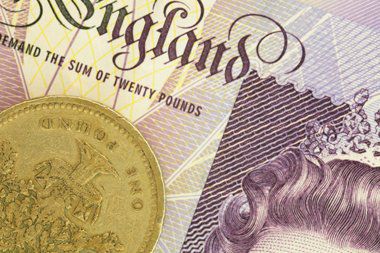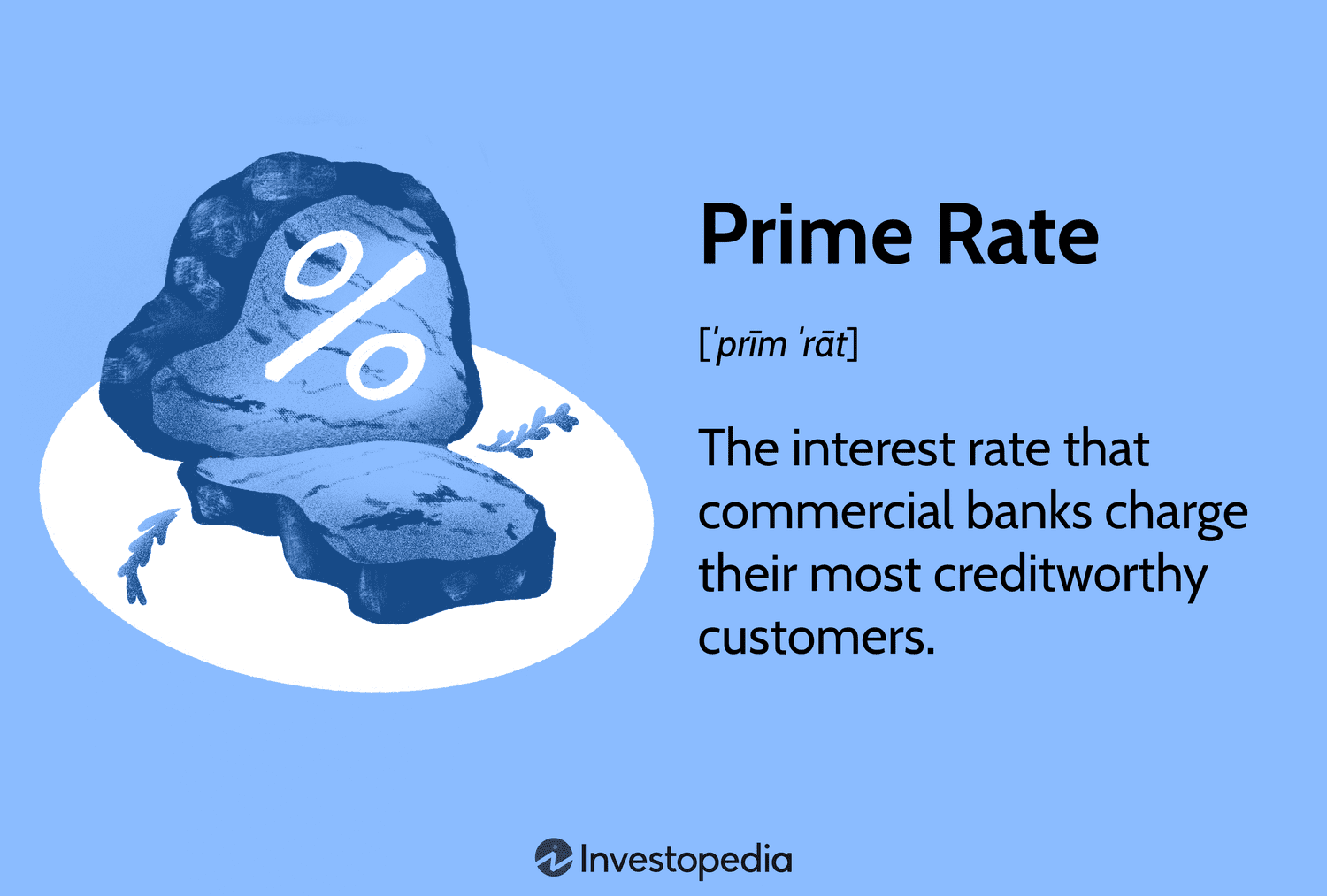lpetrich
Contributor
I have used "intrinsic-worth money" for gold and silver coins, while you use the term "commodity-money." (Actually you write "commodity-based money" which might include bank-created money denominated in a commodity.) Did my terminology annoy or confuse you, @lpetrich ?
Examples of commodities that have been used as media of exchange include gold, silver, copper, salt, peppercorns, tea, jewellery (watches, spectacles, etc.) decorated belts, shells, alcohol, cigarettes, silk, cereal, candy, nails, cocoa beans, cowries, barley, coupons; (Canadian Tire "money"), canned food, fast-food items; (burgers, sandwiches, fried chicken, etc.), pornographic material, detergents; (laundry, dishwasher, soap), clothes; (shirts, socks, hat, shoes), fuel (coal, gasoline, batteries, etc.)
Commodity-based money or commodity-backed money is something different from plain commodity money. It is money that is essentially IOU's for some commodity.



